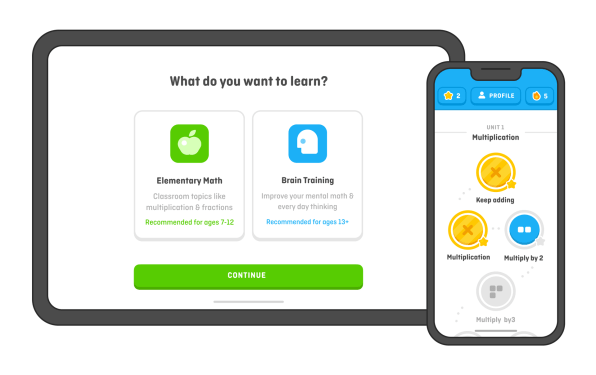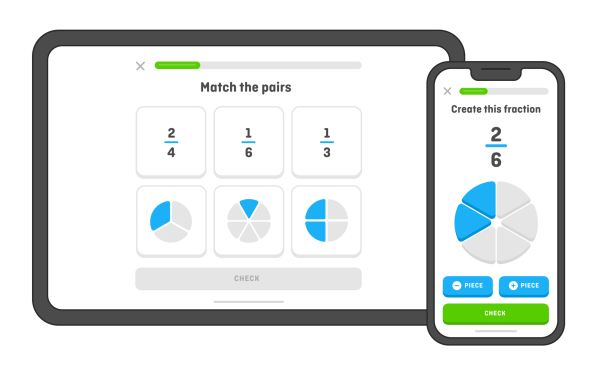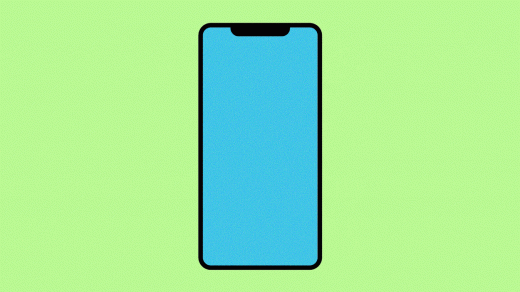Duolingo is debuting its much-hyped math app this week
Duolingo’s long-awaited new math app is being unveiled—in beta—at the company’s annual Duocon conference Friday.
Duolingo Math, which already has a waitlist for its beta testing on iOS devices, uses the same game-like interface as its oft-memed language-learning app to teach and test elementary-level math concepts like multiplication, division, fractions, basic geometry, and reading an analog clock.
Samantha Siegel, a senior software engineer at Duolingo who heads the team behind the app and is presenting the beta edition Friday, says it’s a natural outgrowth of Duolingo’s mission to make quality education available to all.
Math was Siegel’s favorite subject while growing up, with a math professor father and a mother who also worked as an educator. She acknowledges, however, that many kids and adults alike feel anxious about the subject, and the team at Duolingo hopes the lighthearted, gamified app can help them overcome that nervousness.
Future versions will also likely include “brain training” exercises geared toward adults (and the current app could certainly be useful to anyone of any age who never quite conquered, say, fractions).
It’s far from the first digital tool to help kids study math: Games like Math Blaster! and Number Munchers have been around for decades, as have innumerable web-based tools offering flash cards, video instruction, and other features. But Siegel says Duolingo is working with educators, including a math learning expert, to craft the app, which so far emphasizes a visual and conceptual understanding of the subject.
Lessons on multiplication and division use illustrations to emphasize multiplication as repeated addition and division as separation into equal-size sets. And numbers, angles, and other elements of math problems are generated dynamically, so users can use the app repeatedly and practice their skills with new content.
“Everything is drawn dynamically in code, so there’s some level of randomness in every lesson,” Siegel says.

In addition to answering multiple-choice questions, users drag and drop blocks into sets, construct angles with a virtual protractor, and even draw numerals on their phone or tablet screens by hand, which Siegel says children enjoy and find helpful. The app reuses some code from the company’s language-learning tool as well as some of its successful features, like awarding streaks of continued use and having cute and colorful mascots—including, in this case, geometric figures like spheres and pyramids.
“We have some really delightful animations in the app,” Siegel says.

The company hasn’t yet developed a plan to monetize the app, as it’s still gathering feedback from users and looking to confirm “product-market fit,” Siegel says, though the app’s post-beta launch will likely be announced later this year.
This isn’t Duolingo’s first foray into children’s education—the company launched Duolingo ABC, which teaches basic reading skills, in 2020—and it may not be the last expansion beyond language.
As Siegel points out, “We definitely think there are a lot of subjects that could benefit from this.”
Fast Company , Read Full Story
(20)



